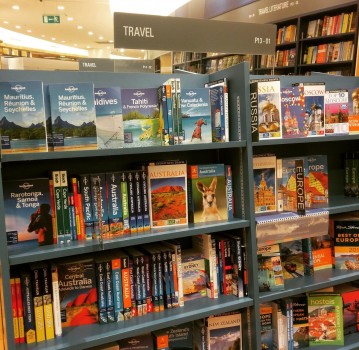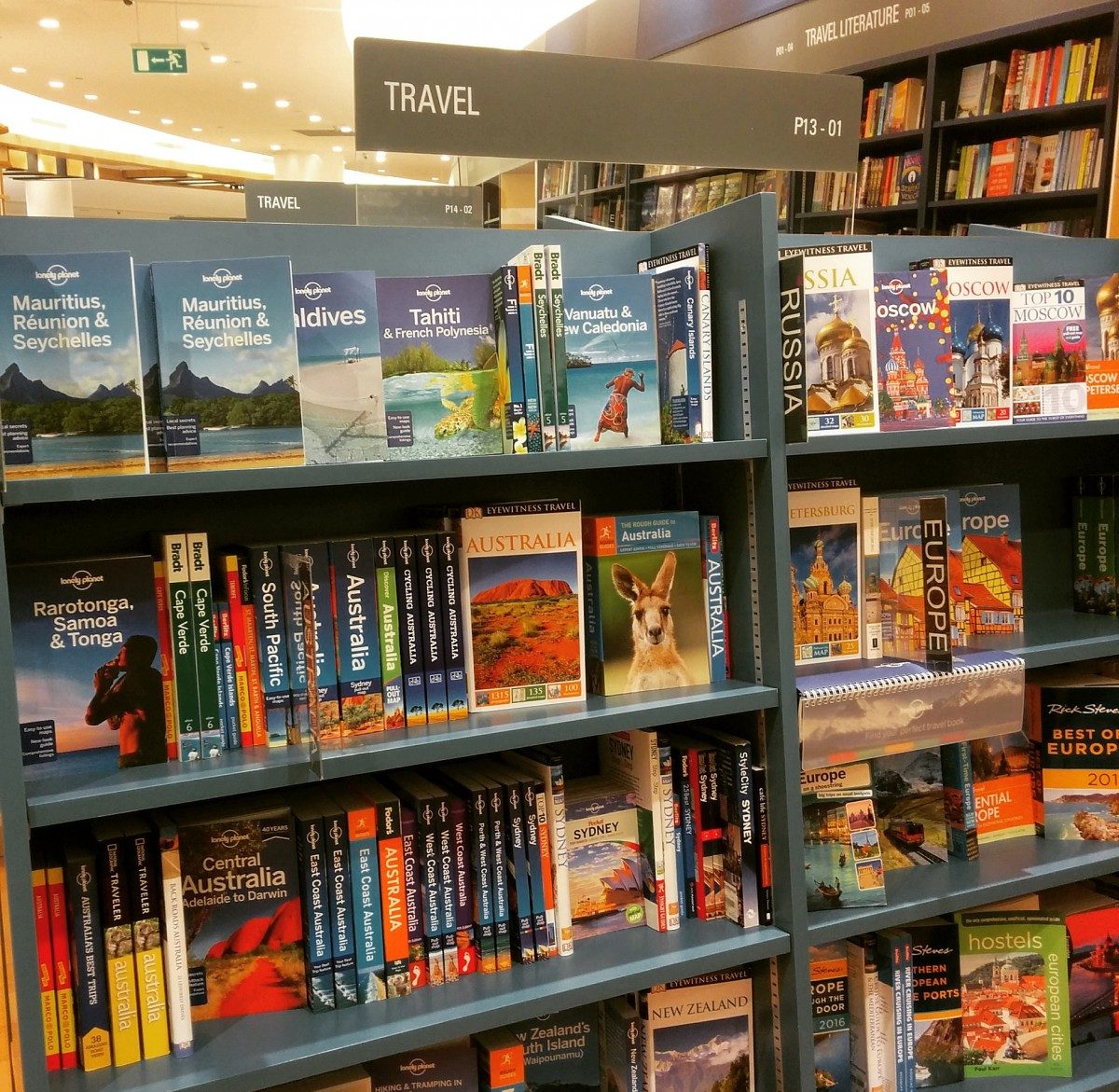While planning our trip to Kyiv, I came across several recommendations of museums that I couldn’t resist putting down in my itinerary. While my husband and I had decided to travel ‘slow’ and not try and do everything we were recommended, we ended up visiting all of them!
Let’s begin with the ‘National Museum of the History of Ukraine in World War II’ open-air museum currently known as ‘Ukrainian State Museum of the Patriotic War’ that displayed a wide range of military equipment used during the German-Soviet war between 1941 to 1945 and later too. Located in a large area, the museum had a rather mind-boggling display of tanks, rifles, submarines, fighter jets. It felt as if I were part of some WW2 movie set amidst this mass destruction equipment. Just picturing the harm they may have caused or are capable of, gave the place a rather eerie vibe.





As much as I marveled at the innovation and technology behind these, I couldn’t help but think of the enormous amount of investment countries pour into invading borders and defending their own.

Standing tall at 335 feet in the same area is the Motherland Statue – a symbol of the Soviet Union, constructed in 1981. Although controversial and surviving several debates on demolition, the Motherland Statue is made of stainless steel with a sword in one hand and a shield in the other. We saw similar statues in other former USSR countries like Georgia and Azerbaijan that served as a reminder of the Soviet era.

Next up is the Making of the Ukrainian Nation Museum. With a rather odd name, this museum gives a high-tech 5D experience through life-sized wax statues of historical figures, 3D animation, sounds and smells of the bygone years, and a varied display of artifacts. Right from the founding of Kyiv by the Slavs in the 4th century, through the Kyiv Rus era up until the 2014 Revolution, this modern museum is a must-visit. My favorite part was being able to play the traditional drums and scrolling historical facts through the immersive LED screen. I left the museum amazed by the bravery and sacrifice on the part of Ukrainians during the wars which we don’t get to see in movies or read in history books.


Well, let’s move on to another fun museum. On a rare cloudy day during our 5-day stay in Kyiv, we headed to the ‘One Street Museum’. The name itself was catchy enough to add to our Must-Dos in the city. Dedicated to the history of Kyiv’s most popular street Andrew’s Descent (Andreyevsky Spusk) that housed several of Kyiv’s aristocrats including artists, writers, politicians, doctors, academics, and merchants. Located on the same street, this quirky museum teleports you back in time and space from the Middle Ages to the present day. We were greeted and welcomed by a very warm receptionist who handed us a guided booklet.


The museum had thousands of items of daily use meticulously arranged in a rather compact space. Some amusing artifacts included the entrance with 3D figures and murals (I was quite tempted to twirl the specky gentleman’s mustache), a table set with playing cards (it almost felt like the residents had gone out for a quick smoke and would return to see us curiously pondering over their table), the detailed wood carving on an umbrella handle and a teacup with a mustache protector!




Much to our surprise, in the mid 19th century, Andrew’s Descent was known as the local red-light district with a lot of brothels, the so-called ‘houses of tolerance’. We stepped out on street picturing what that very street and houses would have looked like back in time only to be interrupted by the lovely smelling bakery next door that we couldn’t resist stopping by for some dessert and tea while we watched raindrops lash on the street slope.

Now that I have got you hooked to museums, I think you might be ready for the unexpected…
The Museum of Toilet History. Yep, you read that right. Kyiv has a whole museum dedicated to well, Toilets!

Also holding the current Guinness World Record for the largest collection of souvenir toilet-related items, this museum displays the history and interesting fun facts about the evolution of toilets across centuries.

From the first public toilets in ancient Rome to the medieval ‘wardrobe’ toilets to the ‘air toilets’ in Swiss castles, the museum is rather amusing.


I also learned how bidets were a symbol of royalty and were exchanged as gifts back in the day. Another quirky insight was of how ‘sewage collector’ was a legit job and the famous Italian theatre mask resembling a bird-face was in fact inspired by the sewage collector’s mask – the purpose of which was to ward off the smell by placing fragrant herbs in the ‘beak’.


The evolution of the toilet system from a hole in the ground to the high-tech Japanese commode is a significant mark for human civilization. To think of it, the topic leaves much space for research on history and culture, art and design, medicine and hygiene, even technology and innovation. In the process of writing this blog post, I came across WTO – World Toilet Organization based in Singapore that aims to study and promote sanitation while developing toilet standards across the world.
There’s always so much to learn while you travel and museums are indeed a great way to deep dive into a variety of topics that could give you a ride back in time and even at times make you ponder over the world around you.





















